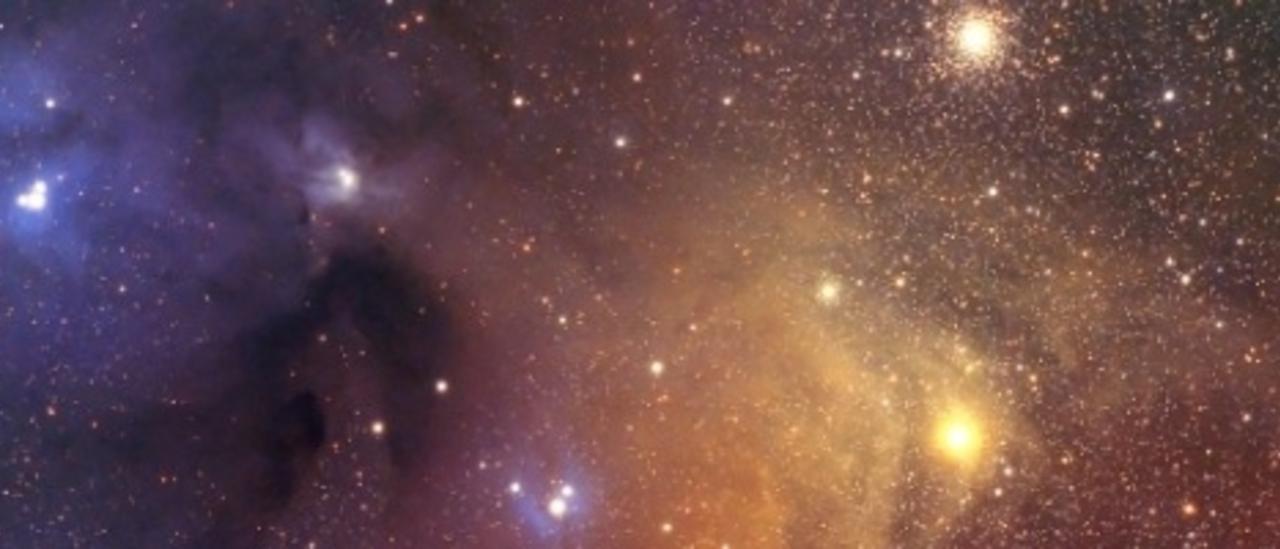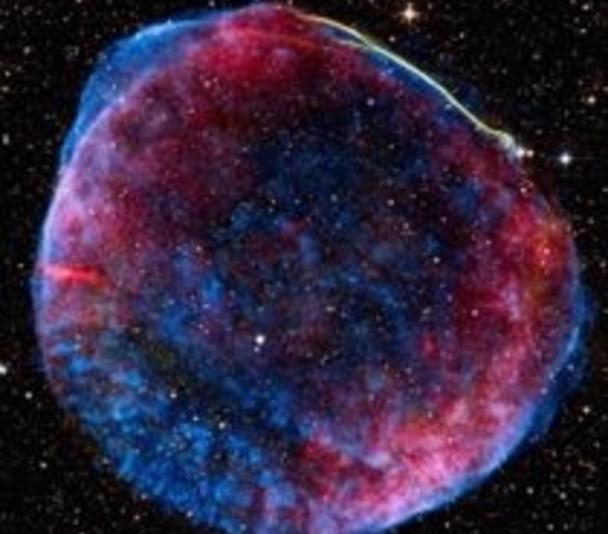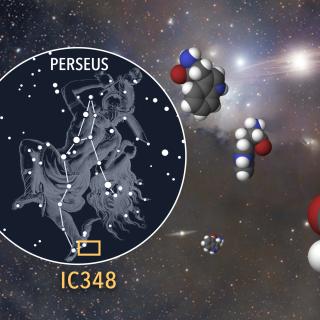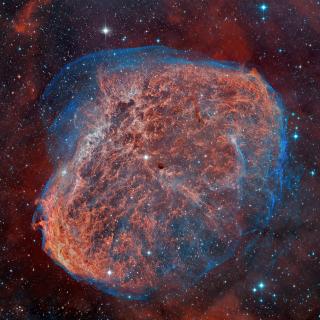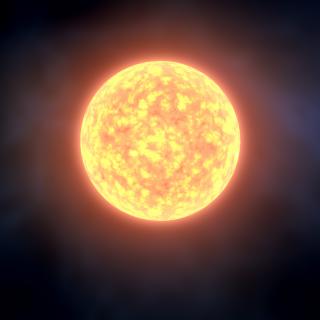General data
Stars are fundamental physical probes. The Severo Ochoa project is supporting the major center goals in the Stellar and Interstellar Physics research line: to understand the physics and life cycle of stars, from the most massive and luminous stars to the least luminous brown dwarfs which bridge the gap to the planetary domain, together with the interplay with the interstellar and circumstellar material in different environments and stages of stellar evolution.
Specific Goals 2020-2024:
- Provide observational constraints to compact binary evolution theories, black hole and neutron star formation models, and the physical processes driving accretion/outflow phenomena in interacting compact binaries.
- Provide a model empirical description of the properties of massive stars, from protostars to core-collapse supernovae and the progenitors of gravitational wave emitters, using high quality data from modern large spectroscopic surveys such as IACOB, OWN and WEAVE-SCIP, which will be complemented in a timely way with data from TESS and Gaia space missions.
- Discover and characterize new extremely metal-poor stars formed in the first few hundred million years after the Big Bang. The discovery will be done by mining large spectroscopic databases, such as SDSS, LAMOST, WEAVE, DESI, as well as photometric ones as LSST.
- Understand the formation routes of complex nanocarbons like fullerenes and graphenes around evolved Sun-like stars, and their survival in molecular clouds and protoplanetary discs, using a highly interdisciplinary approach including astronomy, laboratory astrochemistry, advanced material science and quantum-chemistry, among others.
- Study the connection between the integrated spectra of local HII regions and their resolved internal structure. Understand the link between planetary nebulae and post common-envelope evolution. Compilation and analysis of spectroscopic and photometric time series and 2D spectroscopy.
- Apply asteroseismic techniques to study the internal structure and dynamics along the evolution of solar-like stars from the main sequence to the red-giant branch. High cadence uninterrupted photometric data from the TESS, Kepler and K2 space missions, and ground based time-series spectroscopy obtained with the SONG network of telescopes will be of prime importance for this objective.
- Search and characterize ultracool dwarf stars and substellar objects with complementary techniques such as transits, radial velocity, and direct imaging to constrain models of formation and evolution using data from the Euclid and Gaia missions.
For previous specific goals visit: 2016-2019 IAC-SO website
Severo Ochoa Members
Coordinator
Research Lines Scientific Representative of the Severo Ochoa Programme at the IAC

Savita
Mathur
CIENTÍFICO/A TITULAR OPIS
Research Lines Scientific Representative of the Severo Ochoa Programme at the IAC

Sergio
Simón Díaz
INVESTIGADOR/A DISTINGUIDO/A
Staff
Advanced Fellow

INVESTIGADOR/A POSTDOCTORAL
Advanced Fellow

INVESTIGADOR/A POSTDOCTORAL
PhD Students

Maren
Brauner
PredocFPISO-20
Main scientific outputs
Scientific outputs 2020-2024:
- 2D spectroscopy of planetary nebulae. Deep integral field spectra of three Galactic PNe with large abundance discrepancies were obtained for the first time with the MUSE spectrograph at the VLT. Maps of physical conditions, ionic abundances and the abundance discrepancy confirm that at least two distinct phases of gas with different physical conditions coexist inside these nebulae, with the cold gas phase more centrally concentrated than the warm one. We show the importance of a careful evaluation of the relative contribution of each gas component to the total observed H I emission (as well as the recombination contribution) when deriving chemical abundances in these extreme objects. García-Rojas et al. MNRAS, 2022, 510, 5444.
- Detections of solar-like oscillations in dwarfs and subgiants with Kepler. We searched for new detection of solar-like oscillations in main-sequence and subgiant stars observed by the Kepler mission during its survey phase. Using the latest data release (DR25) with improved light curve corrections, we updated the list of stars with detected solar-like oscillations to 624 stars. We characterized the global seismic parameters and estimated the masses and radii with seismic scaling relations for 99 new stars. The comparison with Gaia radii obtained from the parallaxes shows a good agreement with some discrepancy of up to ~12%. This represents the largest catalog of seismically characterized main-sequence and subgiants solar-like stars observed by the Kepler mission. Mathur et al. A&A, 2022, 637, 31.
- A new class of stars. Phosphorus-rich stars with an extremely peculiar chemical abundance pattern have been discovered for the first time. Phosphorus stars challenge models of stellar nucleosynthesis and their progenitors represent a new cosmic site for the synthesis of heavy neutron-rich species. The discovery of stars very rich in phosphorus could help to understand the enigmatic origin of one of the five essential elements for life on Earth. Masseron et al. 2020, NatCo, 11, 3759; 2020, ApJ, 904L, 1.
- New constraints on the minimum mass for thermonuclear lithium burning in brown dwarfs. We aimed to test the theory of evolution of substellar-mass objects using observations of Li in brown dwarf binaries with dynamical masses measured from orbital motions. The two main results are the detection of Li in the coolest substellar object ever (T3.5-type) using OSIRIS@GTC, and the determination of a sharp boundary for Li depletion or preservation, located at 51.5 Jupiter masses, which is 10% lower than state-of-the-art theoretical predictions. Martín et al. MNRAS, 2022, 510, 2841.
- A helium-atmosphere white dwarf with a large amount of trace hydrogen in the process of digesting a rocky planetesimal. Chemistry of exoplanets can be derived from the analysis of metal pollution seen in the photospheres of hundreds of white dwarfs (WD) caused by the accretion of planetesimals. Their characterisation is however, more challenging if the WD photosphere is He-dominated. In this work, we test the current techniques and determine the photospheric parameters for one of these WDs using a novel method. Remarkably, this He-dominated, metal-polluted WD shows traces of H that we link to previous accretion of water-rich planetary debris. Besides, our results show that the chemical abundances of the main accreted planetesimal resembles that seen in CI chondrites or the bulk Earth. Izquierdo et al. 2021, MNRAS, 501, 4276.
- Open the doors to the interiors of massive stars using TESS and IACOB. This study serves to illustrate the bright future we have ahead us to perform asteroseismology of large samples of Galactic high-mass stars combining the superb quality space photometry delivered by the TESS mission and ground-based high-resolution spectroscopy gathered by the IACOB and OWN surveys. In this paper we investigate pulsational variability in a sample of 98 massive OB-type stars included in the first 13 TESS sectors, deduce the diverse origins of the detected mmag-level variability in all of them, and identify the most promising stars for more in-depth future asteroseismic modelling. Burssens, Simón-Díaz et al. 2020, A&A 639, 81.
